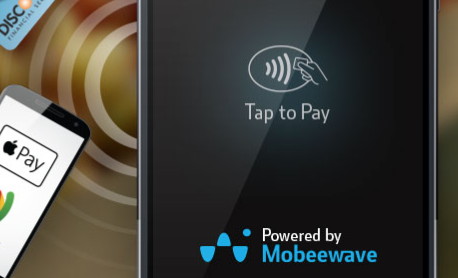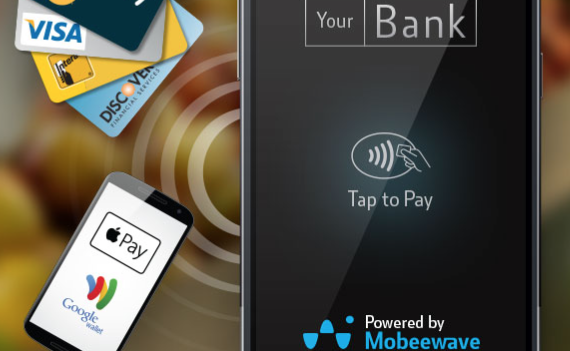
How This Tech Startup Built a Company Culture Through Physical Exercise

For many CEOs, the word “team” is a metaphor, a way to describe the attitude and level of commitment they want from their employees.
For Benjamin du Haÿs, the CEO of mobile payments startup Mobeewave, it’s a little more than that.
He says he’s trying to build a “company culture around helping each other and suffering together,” he says.
Before meetings, the Mobeewave team does pushups together, 10 for every person attending the meeting. There are also daily stretching sessions and a personal trainer who visits the office twice a week.
“On a normal day we do 50 to 200 pushups together,” he says. “The idea is to do some hard physical activity together.”
He says he wants his employees to think of Mobeewave as an Olympic team and he says that exercising together will help build the level of camaraderie and communication needed.
“We are in competition right now,” he says.
Du Haÿs, who was a rower for 20 years and competed at the highest national levels in France, as well as internationally, says that his focus on building a company culture around sport comes from this history.
Rowing, he says, is a team effort—there are eight people in the boat and all of them have to row together as one. He wants to bring that kind of teamwork to his office.
Du Haÿs is particularly active; he bikes to work every day year-round, making a two-and-a-half-hour commute even in the midst of Montreal’s frigid winters.
“To me, it’s a way to leave my stress and bad energy at the office and to arrive at home with a very open mind and new fresh ideas,” he says.
While physical activity has always been important for du Haÿs, he says he really brought that passion to the office when he St-Lawrence river by sailboat with the rest of his executive team.
The crossing, north of Quebec City, took two days. It was the first time any of them had sailed.
“You have to stay away during the night and you have to be active to make sure that the boat is going in the right direction, so we decide at one point to do some pushups to stay awake and to stay active,” he says. “We did perhaps 2,000 pushups during the two days … we discovered the power of doing pushups together.
Exercise “is part of the human experience here at Mobeewave,” he says.
As the company grows, it’s a way to break down some of the barriers that might emerge between management and employees. After all, everybody is equal when they’re down on the floor, doing pushups.
“To me, the most important thing is building the team,” du Haÿs says. “We have to put everyone in the mindset that only winning is everything.”





 The way we pay at retail stores has changed pretty dramatically in recent years.
The way we pay at retail stores has changed pretty dramatically in recent years. Mobeewave has secured a Series A investment.
Mobeewave has secured a Series A investment.